
The Franco-British Exhibition was a large public fair held in London between 14 May and 31 October 1908. It was the first in the series of the White City Exhibitions. The exhibition attracted 8 million visitors and celebrated the Entente Cordiale signed in 1904 by the United Kingdom and France. The chief architect of the buildings was John Belcher.
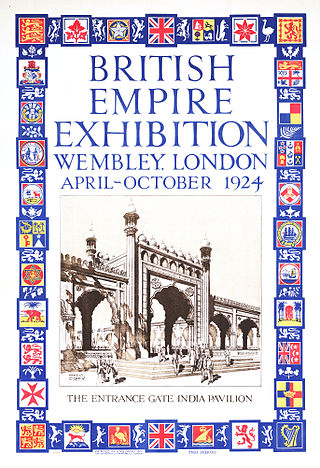
The British Empire Exhibition was a colonial exhibition held at Wembley Park, London England from 23 April to 1 November 1924 and from 9 May to 31 October 1925.

Belgrave Square is a large 19th-century garden square in London. It is the centrepiece of Belgravia, and its architecture resembles the original scheme of property contractor Thomas Cubitt who engaged George Basevi for all of the terraces for the 2nd Earl Grosvenor, later the 1st Marquess of Westminster, in the 1820s. Most of the houses were occupied by 1840. The square takes its name from one of the Duke of Westminster's subsidiary titles, Viscount Belgrave. The village and former manor house of Belgrave, Cheshire, were among the rural landholdings associated with the main home and gardens of the senior branch of the family, Eaton Hall. Today, many embassies occupy buildings on all four sides.

Earls Court Exhibition Centre was a major international exhibition and events venue in London, England. At its peak it is said to have generated a £2 billion turnover for the economy. It replaced exhibition and entertainment grounds, originally opened in 1887, with an art moderne structure built between 1935 and 1937 by specialist American architect C. Howard Crane. With the active support of London mayor Boris Johnson, in an attempt to create Europe's "largest regeneration scheme", its proposed heritage listing was refused after it was acquired by developers, who promptly in 2008 applied for and were granted a Certificate of Immunity from Listing by English Heritage, and its demolition was completed in 2017.
West Kensington, formerly North End, is an area in the ancient parish of Fulham, in the London Borough of Hammersmith and Fulham, England, 3.4 miles (5.5 km) west of Charing Cross. It covers most of the London postal area of W14, including the area around Barons Court tube station, and is defined as the area between Lillie Road and Hammersmith Road to the west, Fulham Palace Road to the south, Hammersmith to the north and West Brompton and Earl's Court to the east. The area is bisected by the major London artery the A4, locally known as the Talgarth Road. Its main local thoroughfare is the North End Road.

Veeraswamy is an Indian restaurant in London, located at 99-101 Regent Street. It was opened in 1926 by Edward Palmer, an Anglo-Indian retired British Indian Army officer, the grandson of an English general and an Indian princess. It is the oldest surviving Indian restaurant in the United Kingdom. In its early years, Veeraswamy served Anglo-Indian cuisine, but in recent decades, based on the popularity of authentic Indian food in the UK, has served a menu of regional Indian cuisine, including dishes from Punjab, Lucknow, Kashmir, and Goa. Edward Palmer used the name E. P. Veeraswamy for his food business and the book; Veeraswamy was his grandmother's family name. Initially it was spelled Veerasawmy, it became Veeraswamy because of a printing error.

The Selden Society is a learned society and registered charity concerned with the study of English legal history. It functions primarily as a text publication society, but also undertakes other activities to promote scholarship within its sphere of interest. It is the only learned society wholly devoted to the topic of English legal history.
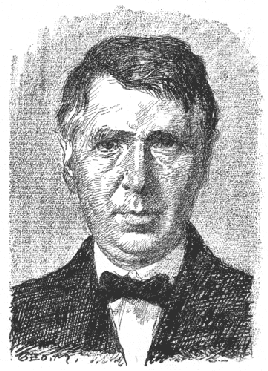
George Morrow was an Irish cartoonist and book illustrator.

Sir Edward Denny Bacon was a British philatelist who helped with the enlargement and mounting of collections possessed by rich collectors of his time and became the curator of the Royal Philatelic Collection between 1913 and 1938.
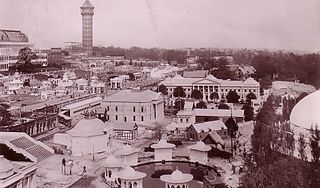
The 1911 Festival of Empire was the biggest single event held at The Crystal Palace in London since its opening. It opened on 12 May and was one of the events to celebrate the coronation of King George V. The original intention had been that Edward VII would open it in 1910, however, this was postponed after his death shortly before the planned opening day. The Festival contained a display of landscapes and exhibits from the British Empire, mainly the dominion countries, to encourage emigration to those nations; and it contained a large scale pageant dramatising British history. It was described at the time as 'a social gathering of the British family' encouraging the 'firmer welding of those invisible bonds which hold together the greatest empire the world has ever known'. It has since been described as the 'ultimate imperialist propaganda showcase'.

John Robinson Whitley, was a British entrepreneur who inaugurated the Earl's Court Exhibition Grounds in West London in 1887. After four major exhibitions on the site (1887–1892), he moved to France where in partnership with Allen Stoneham, he developed Touquet-Paris-Plage and created Hardelot-Plage. He was a brother-in-law of pioneering French Cinematographer, Louis Aimé Augustin Le Prince and grandfather of Air marshal Sir John Whitley.

Albert George Morrow was an Irish illustrator, poster designer and cartoonist.
J. Cuthbert Hadden (1861–1914) was a prolific Scottish author, journalist, biographer and organist.

Imre Kiralfy and Bolossy Kiralfy were highly influential burlesque and spectacle producers in Europe and the United States toward the end of the 19th century. The brothers paved the way for many of our modern day spectacles. With backgrounds in music and dance, these performers turned producers dazzled New York City with theatrical wonders. The brothers had a long and successful partnership and even continued to have success in their individual careers. From folk dancing in Europe to directing and producing in the United States, the Kiralfys spent their lives astounding audiences with unseen visual phenomenon and were never afraid to push the boundaries earning them a special place in entertainment history.
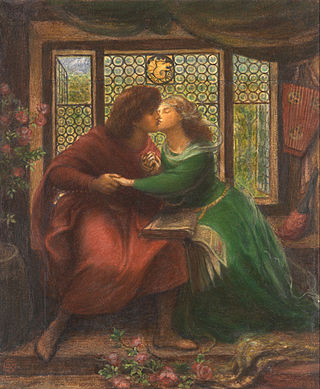
Leicester Galleries was an art gallery located in London from 1902 to 1977 that held exhibitions of modern British, French and international artists' works. Its name was acquired in 1984 by Peter Nahum, who operates "Peter Nahum at the Leicester Galleries" in Mayfair.

Sir Joseph Nathaniel Lyons DL was an English entrepreneur and pioneer of mass catering. He was the chairman and co-founder of J. Lyons and Co., a restaurant chain, food manufacturing and hotel conglomerate created in 1884 that dominated British mass-catering in the first half of the twentieth century.
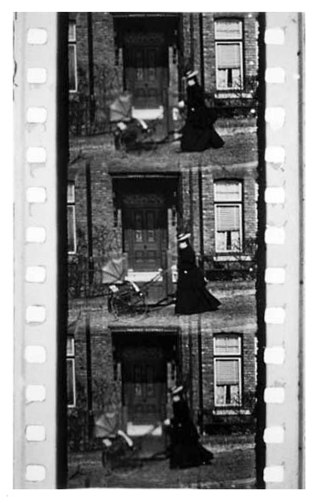
Incident at Clovelly Cottage, also known as Incident Outside Clovelly Cottage, Barnet, shot by Birt Acres and produced by Acres and his collaborator Robert W. Paul in March 1895, was the "first successful motion picture film made in Britain".
Louisa Pesel (1870–1947) was an English embroiderer, educator and textile collector. She was born in Bradford, and studied textile design at the National Art Training School, causing her to become interested in decorative stitchery. She served as the director of the Royal Hellenic School of Needlework and Lace in Athens, Greece, from 1903 to 1907. Pesel served as the first president of the Embroiderers' Guild. She produced samplers for the Victoria and Albert (V&A) Museum and cushions, kneelers, alms bags and a lectern carpet for Winchester Cathedral. She collected textiles extensively, and following her death in Winchester in 1947, her collection went to the University of Leeds.

Kathleen Trousdell Shaw (1865–1958) was an Anglo-Irish sculptor. She became an honorary member of the Royal Hibernian Academy.
Sidney Parker was a rugby union international who represented England from 1874 to 1875.
















